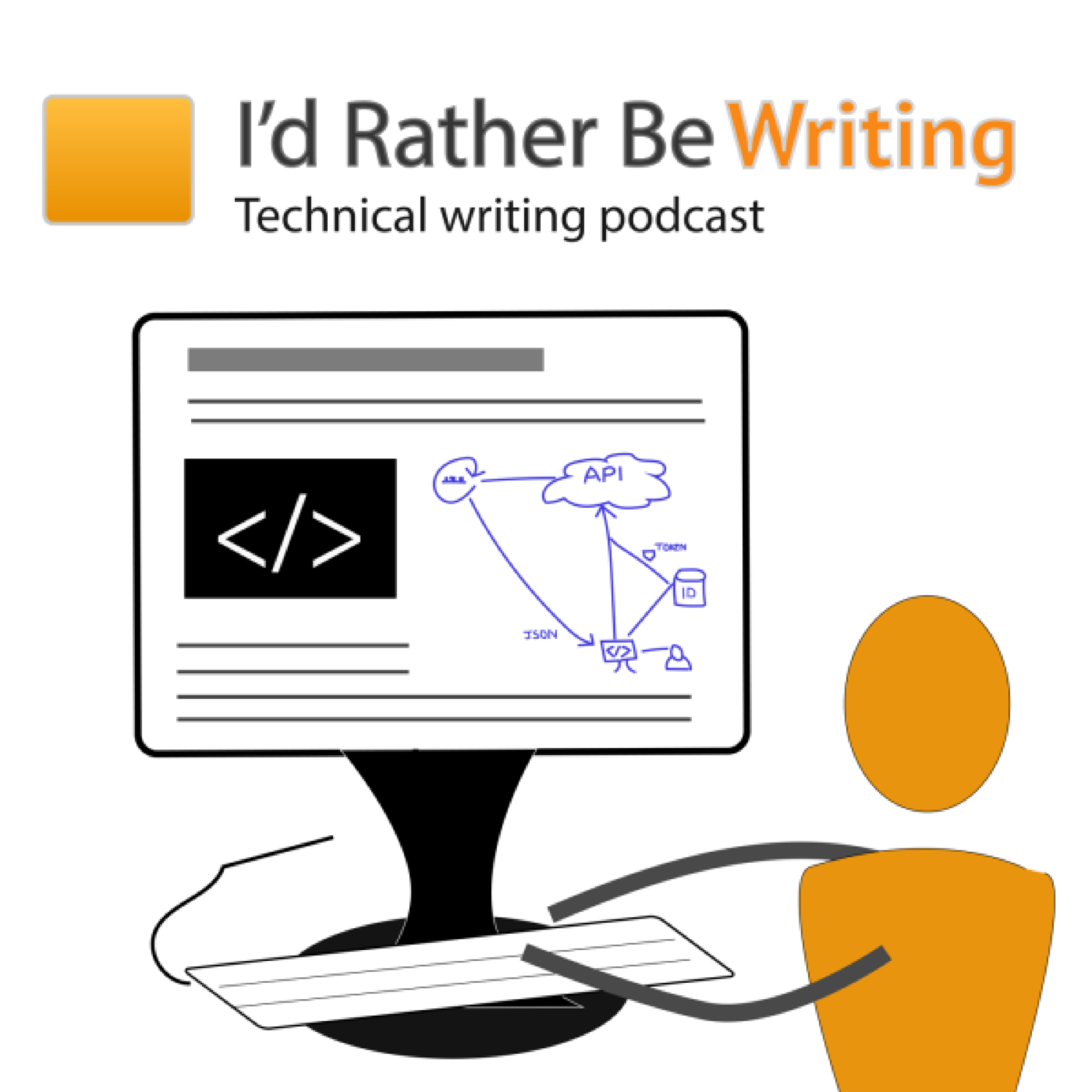When specialists write docs, they tend to stick with simple formats and tools. As a result, incorporating structure or writing to specifications often gets overlooked. This is one area where technical writers can add value.
Specialists often lack user feedback to guide and inform their decisions. This is an area that technical writers can provide value, especially in helping identify problem areas in the user experience.
When specialists write, they often neglect principles of information usability that can make their content more easily consumable by readers. Some of these principles include letting users switch between macro and micro views, making information discoverable as the user needs it, ensuring information harmony in the larger landscape, and reducing and distilling vast information down to its essence.
My discussion of information usability principles continues here. Some additional information usability principles include conforming to the patterns and expectations of the genre and schemas, reducing the complexity of technical language, and iterating and incrementing on content following an agile approach.
Wrapping up this series, the conclusion recaps the argument highlights and information usability principles.
The latest Cherryleaf podcast lists the available tech comm podcasts and how to get started with your own podcast. I created a short survey about podcasts to gather some feedback about your listening habits and preferences.
Showing users the 'Pages at a glance' when they click a folder title in a sidebar can help users get a quick understanding of the whole without slogging through the details of each page. The first two sentences of a topic should encapsulate the point of the whole topic is a condensed and informative way.
This episode focuses mainly on testing tools. Last month, some rockstar WTD community members spent a few days at the Pronovix offices in Szeged, Hungary, trying to create a series of open-source testing tools. Specifically, they wanted to create a ‘create a container deployable solution that can automatically check docs’. In more blunt terms, a kind of open-source Grammarly, but integrated into deploys and repositories and focused on tech docs.
Jekyll provides flexibility and customization in ways that make it extremely attractive for addressing complex scenarios. You can separate data from the presentation layer, define templates, and iterate through data to populate the templates. In this post, I explain how I approached a device specifications page that has specs for about 10 different devices all shown on the same page.
I added a new article in my Simplifying Complexity series about iterative content development. The article is titled 'Iterate and increment on content following an agile approach'. This is a principle I feel strongly about as a central approach in all writing, but one with particular application to complex scenarios.
I recently expanded the Getting a job in API documentation section in my API documentation course. This section explores issues such as why API technical writers need programming knowledge, the tradeoffs between being a writer who learns programming versus a programmer who learns writing, states in the U.S. where most of the API documentation jobs are located (and whether you should move there), and more.
Learning technology is a core task for thriving in developer docs. Here's a great podcast recommendation and a poll on this topic.
When we try to sell our tech comm skills, promoting our writing skills doesn't seem to impress people anymore, as writing is considered more of a presumed skill everyone has. To give a sense of value, we need to hyphenate our job titles, becoming more of a hybrid professional.
Seeing my name in the Census of Technical Communicators survey as a possible source for professional development made me think about the impact of blogs as a learning resource. Advertising encourages bloggers to create rapid-fire, lightweight content in order to increase page views and other attention on the advertised product or service. The proliferation of blog content turns the wheels of social media, creating micro-bursts of attention for companies. The negative impact, however, is that more traditional forms of learning, such as scholarly journal articles and books, take a hit. The web's architecture and monetization model around content is optimized for blog content, so unless other mediums can find a way to become more visible and engaging within the architecture of the web, they will continue their slide into invisibility (at least to mainstream users).
When contributing to a corporate blog, the stories that get the most traction and approval are how-to stories about overcoming technology challenges. These stories are much the same ones that we tell in documentation.



